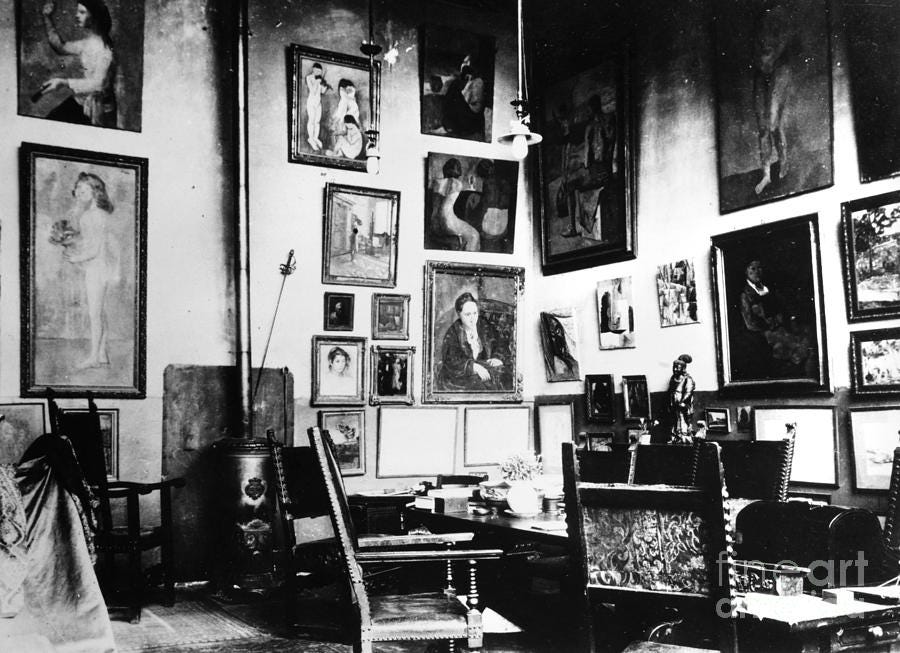I recently read Brie Wolfson's essay, ‘Notes on Taste,’ where she delves into the complexities of what it truly means to have ‘taste.’ This piece challenged my long-held assumption that taste was a trait that would magically find me one day. Previously, I imagined taste as something elusive, a quality that some people naturally possessed and others, like myself, may acquire over time — perhaps by magic.
(Giving credit where credit is due, it was @arca.so that turned me on to this essay.)
For context, I am someone who loves fashion until I have to get dressed. I don’t think about my own closet until I am frantically searching Pinterest for “holiday party outfits” and hoping that I have some semblance of the outfits that populate my feed. I am also someone who buys rather thoughtlessly, even when I think I am buying thoughtfully. For instance, the two most expensive items in my closet are a leather Ottolinger mini and a Chanel Tweed jacket. (Do they both belong in the same closet? Probably not. Do I wear either of them? Ever? No.) This, along with the regular discomfort I sometimes feel in my own clothes, has solidified my belief that I simply lack personal style.
What stood out to me most in the essay was a line on how taste requires time and effort:
Though taste may appear effortless, you can’t have taste by mistake. It requires intention, focus, and care. Taste is a commitment to a state of attention. It’s a process of peeling back layer after layer, turning over rock after rock. As John Saltivier says in an essay about building a set of stairs, “surprising detail is a near universal property of getting up close and personal with reality.”
Here I was expecting myself to have taste without ever having put a effort into currating what this sense of taste actually is. Sure, I would have a fleeting thought about an outfit that I saw that I really liked, save dozens of TikTok and Instagram videos to a folder that I would never go back to, scroll mindlessly on Pinterest, buy a vintage designer piece that I intuitively like but don’t necessarily make me feel great when I wear them (I’m looking at you: Chanel tweed). But in all of these actions I was never actively working towards taste.
So, I have started developing this idea of putting effort into developing my own sense of personal style in the one way that I know how to put time and effort into something — thought a research project. This involves methodically exploring themes that I genuinely like, cataloguing and categorising outfits I admire, and experimenting with different themes — all plotted on a (likely) Figma board. I am framing this project like a side mission, like learning a new language or conducting research for other bits of style analytics content.
Now, what I don’t want is to go on this mission and then be left with an incredibly boring, beige, minimlaist wardrobe. I don’t look good in beige anyways and I just can’t get behind a blazer. I can’t help but look at Emma Chamberlain’s closet clean-out and find the remaining pieces a bit uninspiring. And while I understand Mina Le’s recent turn to having a “uniform” I can’t help but find it a little sad as I previously had a lot of admiration for her strong sense of personal style. Of course, people who dress in the realm of “capsule wardrobes”, “uniforms”, and “elevated basics” are entirely allowed to do so — it’s just not where I want my own personal style journey to take me.
Over the Christmas break, I plan to engage in the below list of research activities, hoping to end with a strong direction for styling what I already own and a clearer vision of what I should buy in the future — slowly, of course.
Keep reading with a 7-day free trial
Subscribe to Style Analytics to keep reading this post and get 7 days of free access to the full post archives.



